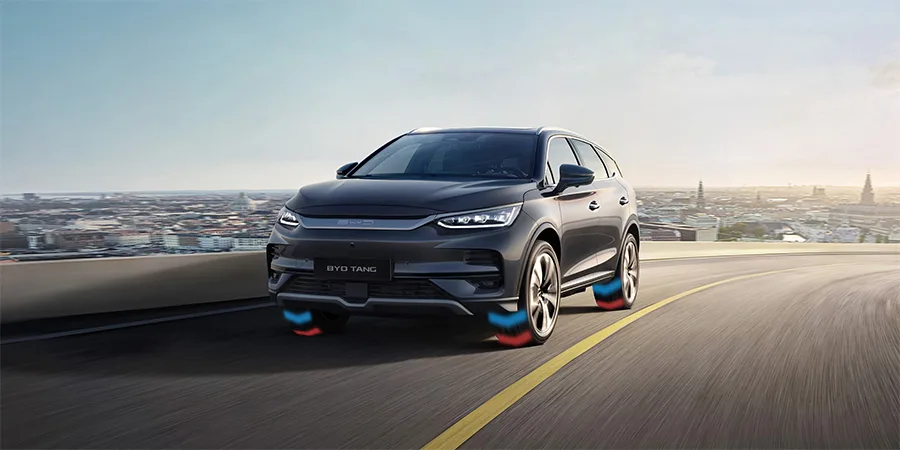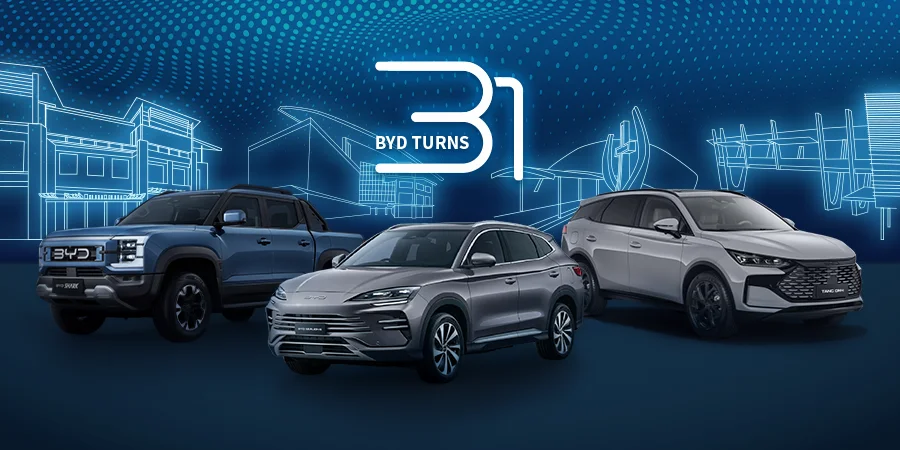As the electric vehicle (EV) revolution accelerates, one innovation stands out—dual-motor EVs.
Designed for better power, control, and efficiency, dual-motor setups are redefining what electric cars can do.
With global EV sales expected to surpass 17 million units by 2025, now is the time to understand why dual motor electric cars are leading the charge.
What is a Dual-Motor EV?
A dual-motor EV uses two electric motors—one on the front axle and one on the rear.
Instead of relying on a single motor, this setup:
- Optimizes power distribution
- Enhances traction and control
- Provides true all-wheel drive (AWD) capability
Key Components of a Dual-Motor EV:
Dual-Motor vs. Single-Motor EVs: What’s the Difference?
Dual-motor setups clearly offer a performance edge, making them ideal for both city driving and off-road adventures.
6 Key Benefits of Dual-Motor EVs
1. Supreme Power and Efficiency
Two motors mean stronger acceleration and less strain on each unit.
Example:
The BYD Seal EV (Performance Variant) achieves 0–100 kph in just 3.8 seconds, proving dual-motor systems offer sports car-level performance with better energy recovery via regenerative braking.
2. Unparalleled Traction and Stability
Dual-motor EVs provide AWD by default:
- Better grip on slippery or rough roads
- Safer driving in the rainy season, especially across the Philippines
3. Enhanced Safety Features
Torque distribution is automatically adjusted, reducing the chance of wheel slip.
For instance, the BYD Han has earned high global safety ratings, thanks to intelligent torque vectoring and advanced systems like automatic emergency braking and collision warnings.
4. Long-Term Durability
Because two motors share the load:
- Components wear out slower
- Some software even deactivates one motor during cruising, saving battery life and reducing mechanical strain
5. Emergency Redundancy
If one motor fails, the second motor can still power the vehicle—giving you added security during long-distance travel or road trips.
6. Positive Environmental Impact
Although dual motors use a bit more power, smart management systems and regenerative braking help maintain eco-efficiency.
Models like the BYD Tang still achieve a strong range of up to 530 km on a full charge!
The Future Rolls on Dual Motors
Whether you’re chasing adventure or smoother daily commutes, a dual-motor EV like the BYD BYD Han or BYD Tang offers the ultimate mix of power, safety, and sustainability.
Ready to upgrade your drive?
Explore BYD Cars Philippines, check out the BYD Tang and BYD Han, and discover how dual-motor technology is shaping the future of electric car Philippines.
Frequently Asked Questions (FAQ)





